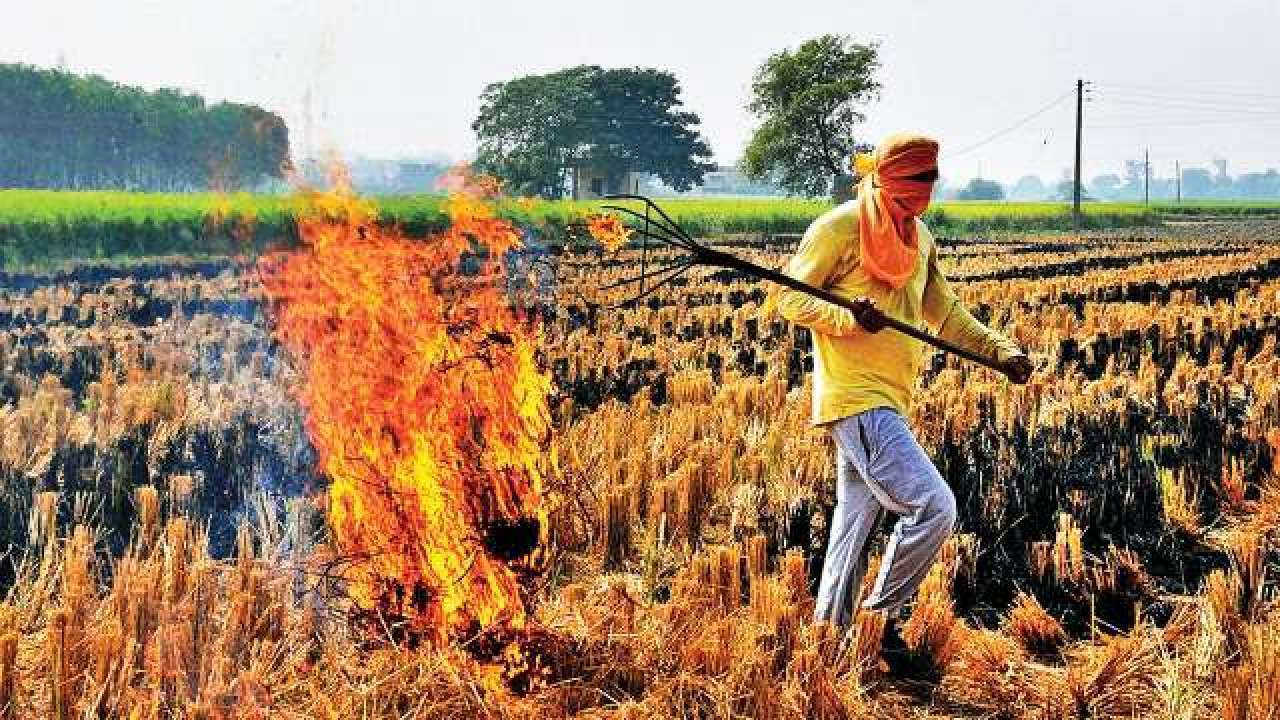Crop residue burning (CRB) has led to an economic loss of nearly $ 30 billion or Rs 2 lakh crore annually for the three north Indian states of Punjab, Haryana, and Delhi every year in India, says a new study. The study conducted by the International Food Policy Research Institute (IFPRI) and partner institutes estimate – for the first time – the health and economic costs of CRB in northern India. Economic losses owing to exposure to air pollution from firecracker burning are estimated to be around $7 billion or nearly Rs 50 thousand crores a year.

In five years, the economic loss due to the burning of crop residue and firecrackers is estimated to be $190 billion, or nearly 1.7 percent of India’s GDP, The study analyzed health data from more than 250,000 individuals of all ages residing in rural and urban areas in India. It used NASA satellite data on fire activity to estimate the health impact of living in areas with intense crop burning by comparing them with areas unaffected by CRB. The researchers observed that as crop burning increased in the northern Indian state of Haryana, respiratory health worsened.

The researchers noted that health was measured by the frequency of reported hospital visits for acute respiratory infection (ARI), symptoms. They also examined other factors that could contribute to poor respiratory health such as firecracker burning during Diwali and motor vehicle density.”Smoke from the burning of agricultural crop residue by farmers in Haryana and Punjab particularly contributes to Delhi’s poor air, increasing the risk of ARI three-fold for those living in districts with intense crop burning. The study suggests targeted government initiatives to improve crop disposal practices.















